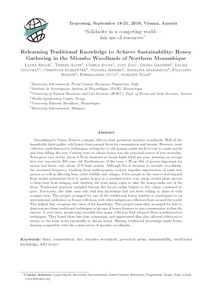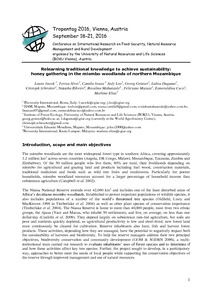Contradictory hydrological impacts of afforestation in the humid tropics evidenced by long-term field monitoring and simulation modelling
The humid tropics are exposed to an unprecedented modernisation of agriculture involving rapid and mixed land-use changes with contrasted environmental impacts. Afforestation is often mentioned as an unambiguous solution for restoring ecosystem services and enhancing biodiversity. One consequence of afforestation is the alteration of streamflow variability which controls habitats, water resources, and flood risks. We demonstrate that afforestation by tree planting or by natural forest regeneration can induce opposite hydrological changes.




